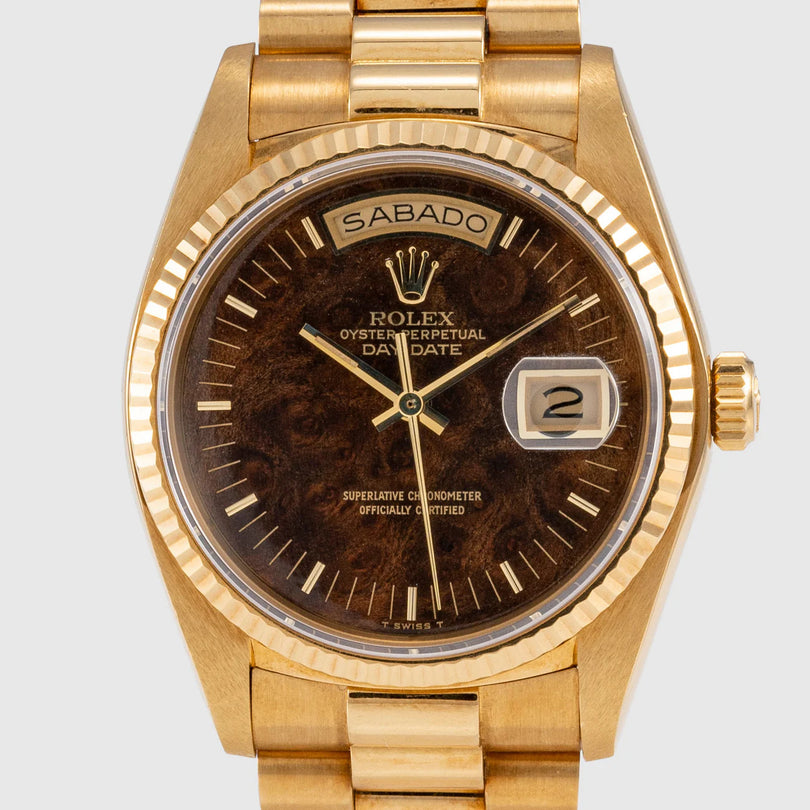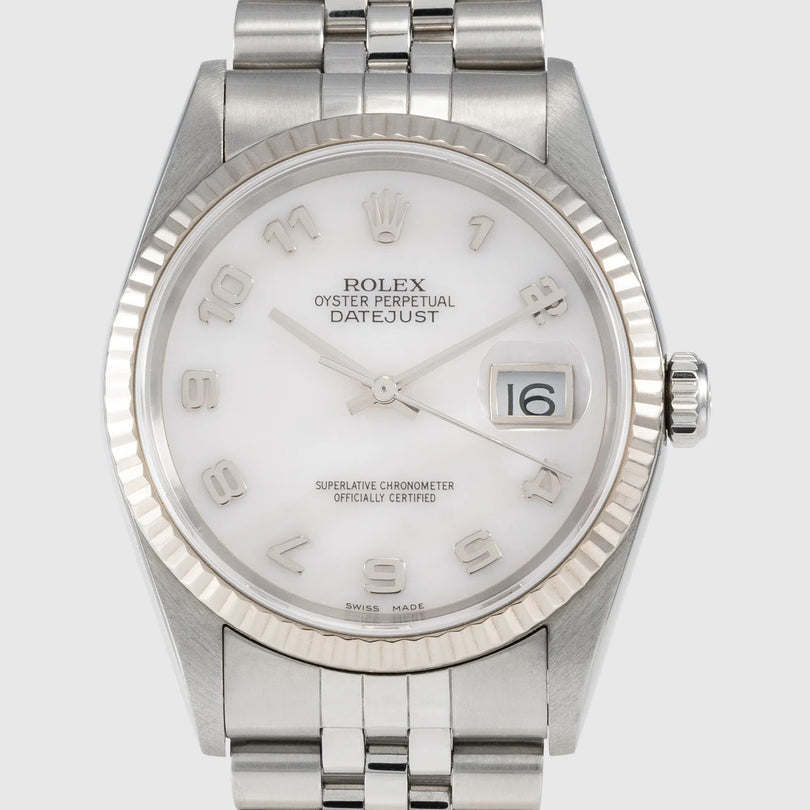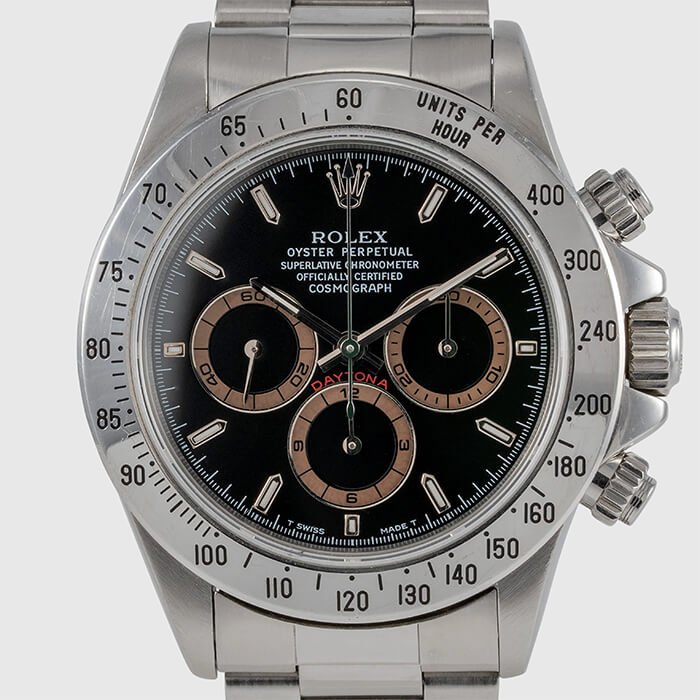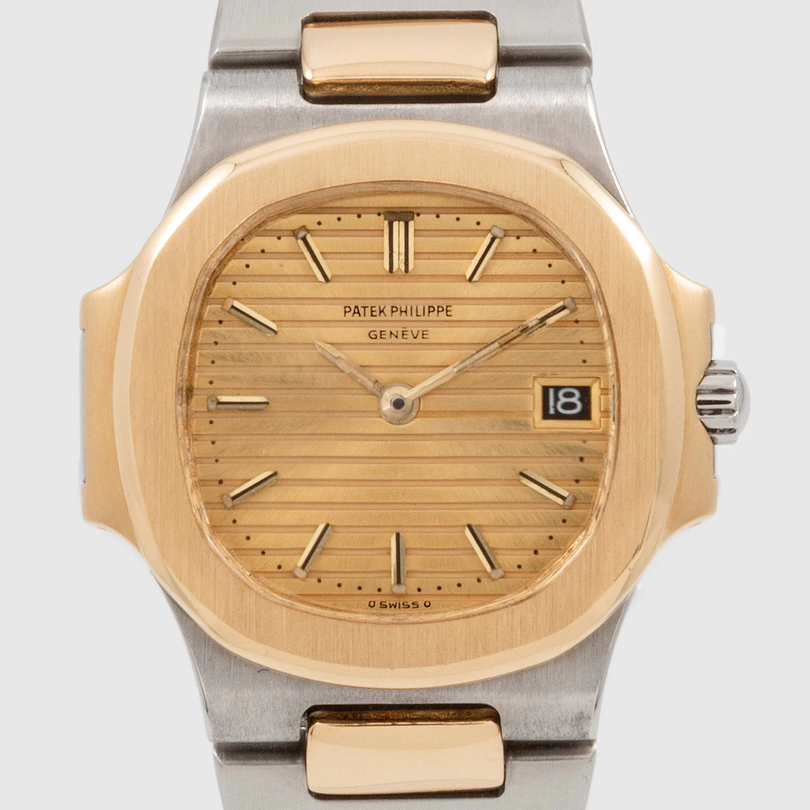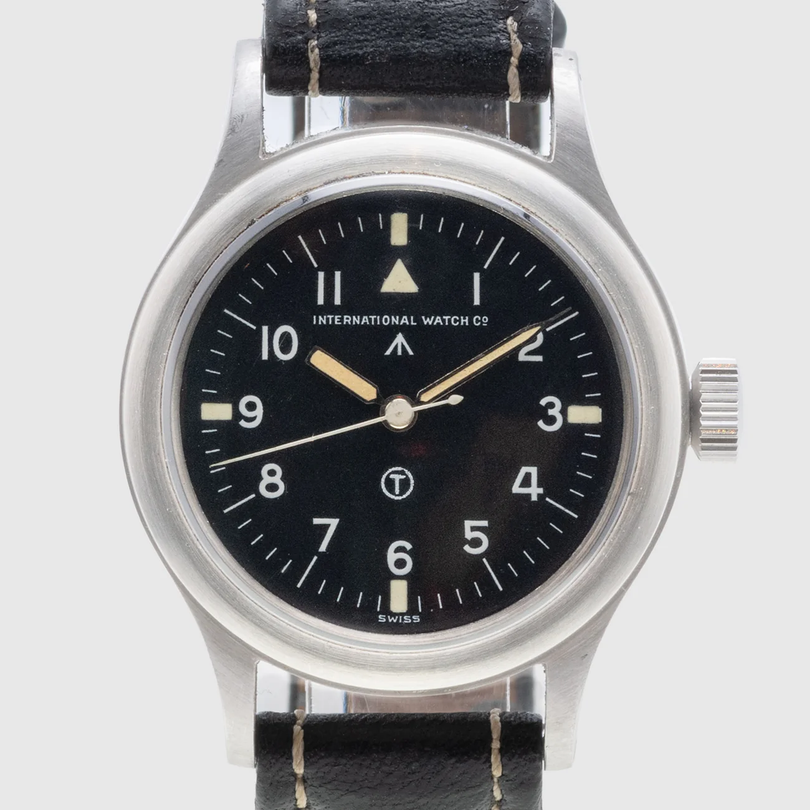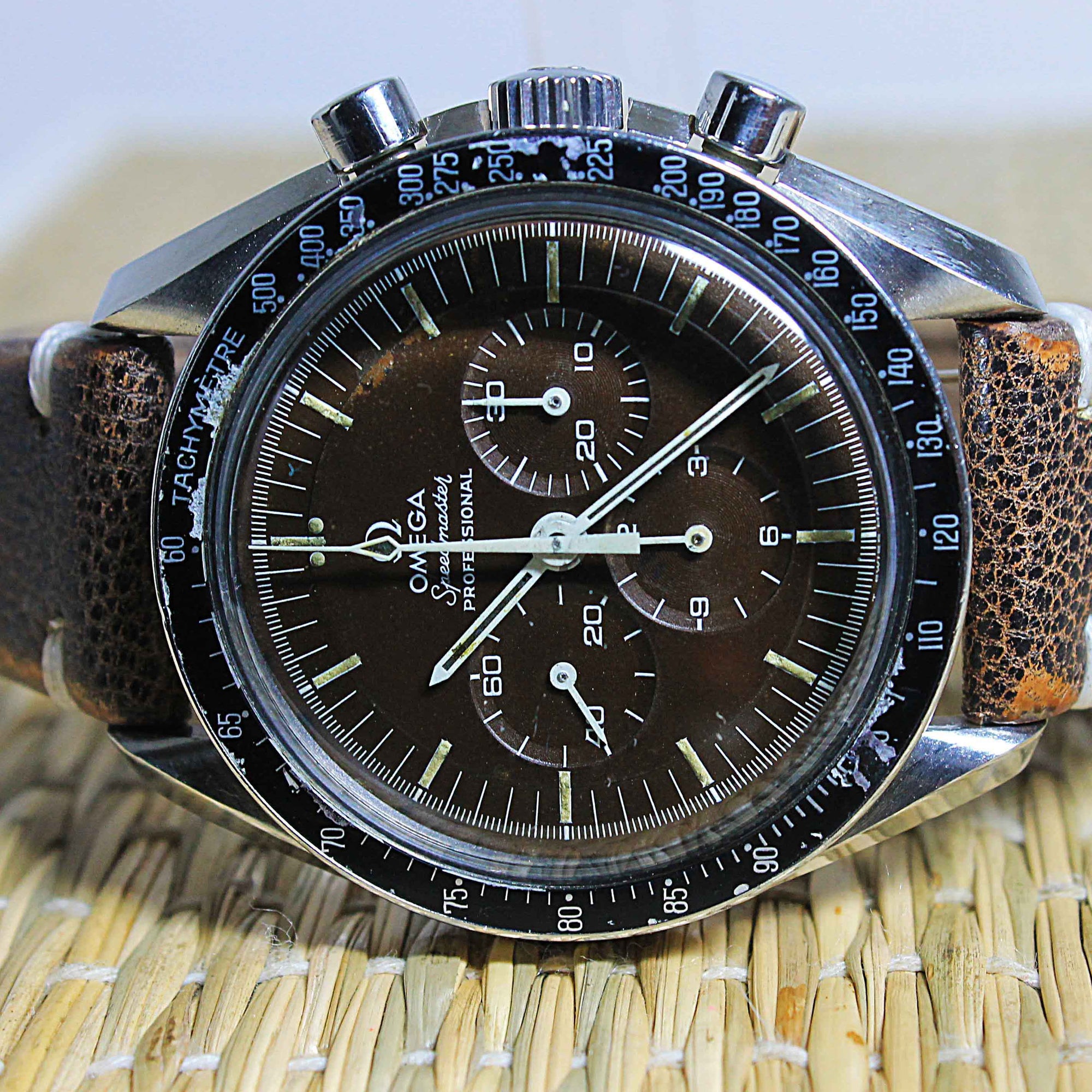The finest watches have singular personalities of their own. Besides telling the time, we wear them because they round-off our look. They add a touch of élan, so choosing an alternative watch strap can either enhance or completely ruin the overall impression.
Some traditionalists baulk at the idea of replacing a watch strap with anything other than the original, especially something like a colorful nylon strap. However, there is something to be said about the effect of a new strap on the look and the feel of your treasured timepiece. Setting aside my personal taste for just a moment, let’s take a look at this somewhat controversial trend.

In recent years there has been something of a revival of interest in the NATO (otherwise known as the G10) watch strap. A number of high-end watchmakers include it as an option to the regular bracelet on limited models, and more are set to jump on the bandwagon.
The Choppard Grand Prix de Monaco Historique shown in the image is a striking example. The ‘standard’ is the perforated black Barenia leather strap with yellow stitching, but the NATO style option is available too – and, if I am completely honest, it makes quite an impression.

The Omega Speedmaster anniversary edition is another fine example. The classic 42 mm brushed titanium case is presented on a brown coated nylon fabric NATO strap, in this version, and it makes quite a change from the original ‘broad arrow’ bracelet. It certainly doesn’t qualify as “cheap”, at least not in my mind.
There is also the practical aspect to consider: Regular metal straps, especially on vintage watches, suffer wear and tear, they become rusted, worn and damaged, and many people opt for a backup – either to extend the original’s life expectancy, or simply to change things up a little.
Many choose the NATO style strap simply because it feels great, secures the watch snugly to the wrist, and tends to be quite durable. On the other extreme, though, I’ve seen some exquisite $2000 watches completely ruined by a $15 NATO strap. My advice: Choose wisely.
Origin of the NATO (G10) strap
So where did the NATO strap come from? Firstly, the name is a little misleading, and has very little to do with the NATO forces. Instead, it is a short form of the term ‘NATO stock number’ – a military logistics Identification number. To be precise, the more original name (G10) is from a British military form. You see, back in 1973 the British Ministry of Defense required it’s officers to fill out a specific form to request the standard issue military watch – the form was the G1098 – hence the name.
The straps were manufactured to strict endurance criteria, aimed at making the watches hard to damage or lose while engaged in combat situations. They were even fit for Navy divers, with the extended length of strap able to accommodate diving suits. All the joints, the buckle and loops were securely heat-welded, and nothing else would do.

Some watch enthusiasts may ask: Didn’t James Bond wear a NATO strap on his famous Rolex Submariner in the movie Goldfinger? (The image shows Bond’s watch strapped over his diving suit in the movie.) Well, it may look like one, but if you have the time to really go into it, you will find that the movie appeared in 1963, long before the G10 form and the first true NATO strap. The unique Bond watch strap didn’t have much effect on the market at the time either – and it is only in recent years that the style of strap became popular.
The original came out in one color only – Admiral grey, 20mm wide with chrome plated brass buckles, but today you can find hundreds of copies in a huge variety of styles and colors.
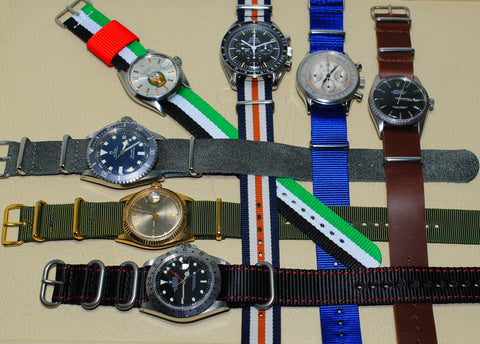
The Modern NATO strap
Most of the NATO straps that I see tend to be on the lower end of the market, but with the upsurge in popularity, a number of bespoke designs have appeared too. Georg Jensen went the NATO route for their Koppel range, and others, like Daniel Wellington have likewise caught on to the trend. It just seems fashionable to have a NATO style strap, these days.
Watch strap specialists are never far behind. For instance, the NATO style leather straps by Da Luca are specially made to accentuate a number of brands, including Panerai, Breitling and Patek Philippe. Using high quality leathers, the material is both strong and thin. Thick materials on a NATO strap make wearing one quite uncomfortable.
Having said that, I would like to add a word of caution: The value of any timepiece, especially on the higher end, is highly influenced by the originality of all the components, including the strap. If you’re planning on a new look, make sure not to ruin the original. Fitting the new strap can be tricky, and damaging your watch isn’t an option – so here’s a little practical advice.
Fitting a New Strap
Firstly, it is important to use the correct width of strap. The distance between the lugs on the case is typically between 20-24mm, but many older watches are narrower. Make sure that the strap you have in mind fits your watch. If it’s too wide or too narrow, you’re in for some trouble.
Most watches use spring bars to attach the strap or bracelet to the case, but some are held in place by thin screws and threaded holes in the lugs. It is far better to use the right tool – specially made to make the delicate operation a little easier. Check with a reputable dealer that services watches first, if you are unsure.
When removing the old strap or bracelet, be careful with the pressure on the spring bar, or you might have to search all over the room to find it – they seem to have minds of their own, and have a way of getting lost. You might want to invest in a few spares.
If you are fitting a NATO style strap, the spring bars should be re-attached to the case first, and the strap comes on afterwards. When you slide the strap through the spaces, the advantage of the NATO style design becomes clear – even if one spring bar comes loose, the case remains attached to the strap. Also, the strap should not be shortened or cut – if you feel that you need to do that, you’ve probably made a mistake somewhere along the line.
If all of this sounds far too technical for you, and you would rather not risk damaging your cherished timepiece, a far simpler and wiser solution is to take it in to the specialists. At Momentum this type of service is always a pleasure.
To sum up – the revival of the NATO strap has its critics and its fans. As always, it is a matter of personal style, and of course, not every watch design is suited to this kind of thing. I might add that some are not a good match at all.
The NATO style strap has come a long way since the days of the British Military, and has become a favorite with different wristwatch fans for different reasons. With more and more top manufacturers offering this as an alternative, I’m interested to see how far it will go. It certainly adds a splash of color, and something new to the traditional link bracelet. Chic or cheap? You decide.
Published at Esquire Online, July 2015
http://www.esquireme.com/style/buy-nylon-watch-strap/

